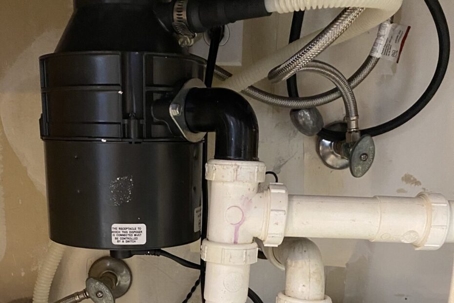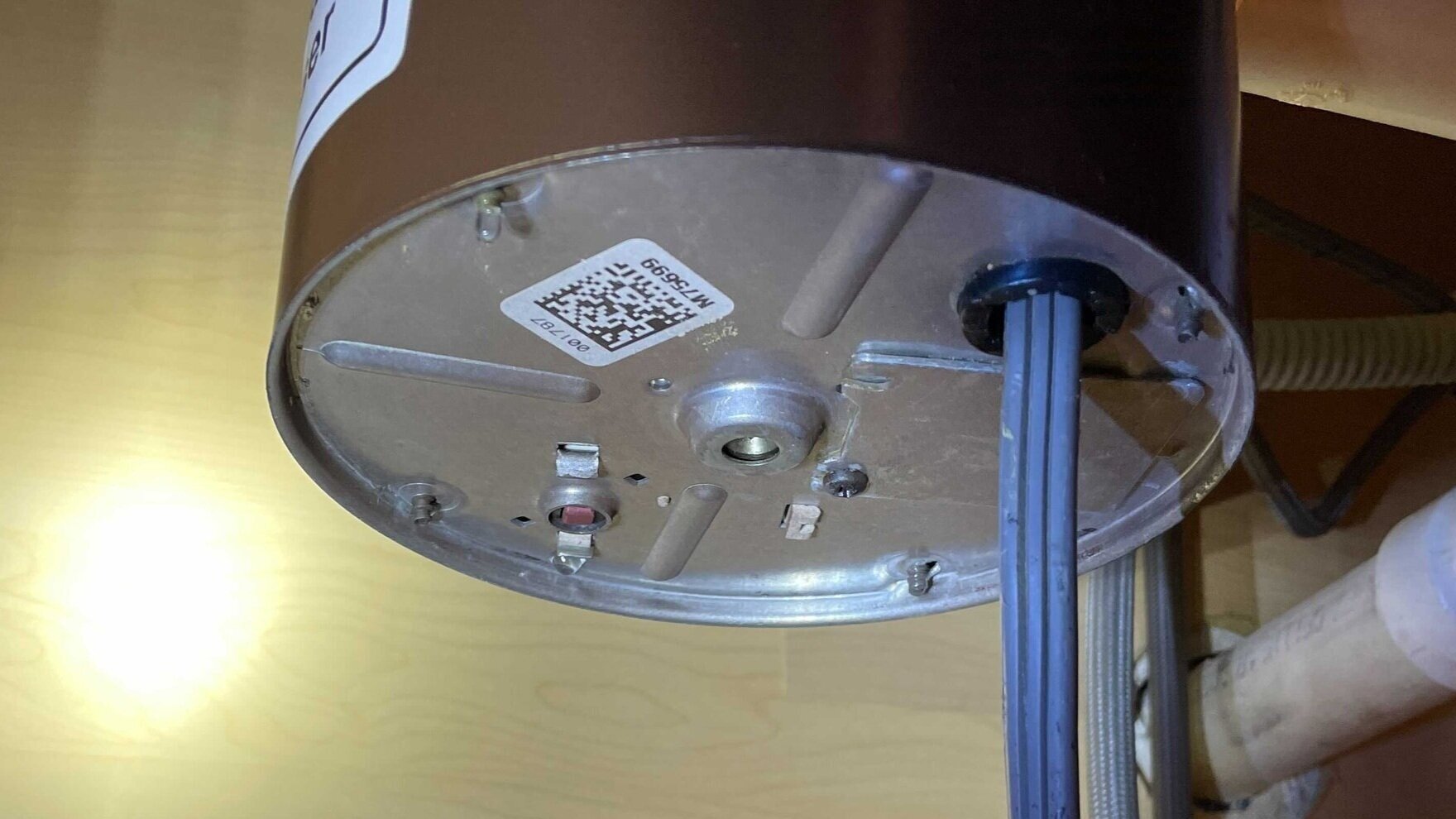Rapid Fixes for a Dripping Garbage Disposal
Rapid Fixes for a Dripping Garbage Disposal
Blog Article
Here below you might get more extremely good content concerning Why Is .

Garbage disposals are essential kitchen area appliances that assist in throwing away food waste efficiently. Nevertheless, a dripping waste disposal unit can be an aggravating and unpleasant problem to take care of. Thankfully, many leakages can be fixed conveniently with a few basic steps. In this post, we will go over how to take care of a dripping garbage disposal properly.
Introduction
Garbage disposals are mounted under kitchen area sinks and are designed to shred food waste into smaller pieces, enabling it to travel through the pipes system easily. While these devices are typically trusted, leaks can occur over time due to deterioration, loose connections, or damage to the unit.
Step-by-Step Guide to Fixing a Dripping Waste Disposal Unit
Switch off the Power
Prior to trying any kind of repairs, guarantee that the power to the garbage disposal unit is turned off to prevent the threat of electric shock.
Situate the Leakage
Recognize the exact place of the leak and determine the cause
Tighten up Links
Use a wrench to tighten up any kind of loosened connections in between the disposal device and the pipes system.
Replace Seals or Gaskets
If the leakage results from used seals or gaskets, remove the old elements and replace them with brand-new ones.
Patching Fractures or Openings
For cracks or holes in the disposal system, use epoxy or an appropriate patching material to secure the damaged area.
Recognizing the Source of the Leakage
Before trying to repair a leaking waste disposal unit, it is important to identify the source of the leakage. This can usually be done via visual evaluation or by performing simple tests.
Visual Assessment
Examine the waste disposal unit unit carefully for any kind of indicators of water leak. Pay close attention to areas around seals, gaskets, and connection points.
Examining for Leakages
One way to evaluate for leaks is by running water with the disposal device and looking for any type of visible signs of leakage.
Typical Sources Of Leaks in Trash Disposals
Worn Seals and Gaskets
Seals and gaskets play a critical function in protecting against water from leaking out of the garbage disposal. In time, these parts can deteriorate, resulting in leaks around the disposal system.
Loose Connections
The links in between the waste disposal unit and the pipes system can come to be loosened with time, triggering water to leakage out during procedure.
Cracks or Openings in the Disposal System
Physical damage to the waste disposal unit, such as cracks or openings in the real estate, can likewise result in leakages.
Devices and Products Needed for Dealing With a Leaking Garbage Disposal
Prior to beginning the repair work procedure, gather the required tools and products, consisting of a screwdriver, flexible wrench, plumbing professional's putty, substitute seals or gaskets, and epoxy or patching material for fixing fractures or openings.
Checking the Garbage Disposal After Repair
As soon as the repair work is full, test the waste disposal unit by running water through it to make certain that the leak has actually been fixed.
Preventive Maintenance Tips to Prevent Future Leakages
To avoid future leakages, it is necessary to do regular upkeep on your garbage disposal. This consists of maintaining it clean, preventing placing non-food things or hard items down the disposal, and occasionally looking for leaks or other problems.
Conclusion
Finally, fixing a leaking garbage disposal is a fairly uncomplicated procedure that can be finished with standard devices and products. By following the actions outlined in this post and exercising precautionary maintenance, you can keep your garbage disposal in good working condition and avoid pricey fixings in the future.
What to Do About a Leaking Garbage Disposal
A leaking garbage disposal often goes unnoticed until you confront a sopping cabinet, a foul-smelling puddle, or an audible drip-drip-drip from the unit. The fix can be frustrating, too, because the leak can stem from a number of components in the system. Fortunately, with a little sleuthing, you can zero in on the leak and—depending on the exact location—stop the icky oozing and repair the component that caused it. Worst case scenario, if it turns out that the garbage disposal must be replaced, installing a new one is a reasonable do-it-yourself task for those with basic plumbing skills. Read on to keep the cash you’d otherwise hand over to a pro.
Prepare to find the leak
Prior to testing the garbage disposal for leaks, unplug it at the wall outlet and turn off the power from the breaker box to prevent electrical shock. Then insert a watertight sink stopper into your sink drain and wipe the unit dry with a clean cloth. In any handy container, mix a few drops of food coloring into a few cups of water, and pour the dyed water onto the sink stopper to help you locate the leak.
Investigate the source
the top, where the disposal meets the sink drain the side, where the dishwasher hose or main drain pipe connects to the disposal or the bottom of the unit Inspect each of these locations while gliding a light-colored rag over the unit; the dyed water will readily show on the rag and reveal the location of the leak. If a leak isn’t immediately apparent, remove the sink stopper and pour a few more cups of dyed water down the sink drain, then check for leaks again. Leaks near the top of the unit are more likely to show themselves while the sink is plugged, while side and bottom leaks are more noticeable while the sink is unplugged.
The metal sink flange that sits directly inside the sink drain is typically sealed around the top with plumber’s putty (a clay-like sealant) and then secured from under the sink with bolts. If the plumber’s putty deteriorates, or the bolts loosen, the flange can no longer form a watertight seal between the sink drain and the disposal—which could cause a leak at the top of the unit.
To reseal the leaky flange, you must first detach the garbage disposal. Start by loosening the screws securing the main drain pipe to the disposal, then loosen the screws in the metal clamp securing the dishwasher hose to the disposal and detach the drain pipe and dishwasher hose from the disposal. Loosen the screws in the mounting ring that connects the disposal to the metal mounting assembly beneath the sink, then pull down the disposal and carefully set it on a clean, dry surface. Loosen the bolts in the mounting assembly with a wrench, then pull down the mounting assembly and set it near the disposal.

We had been shown that article on Why Is from someone on another website. Appreciated our write up? Please share it. Help other people discover it. I am grateful for your time. Don't hesitate to pay a visit to our site back soon.
Click Here To Read More Report this page